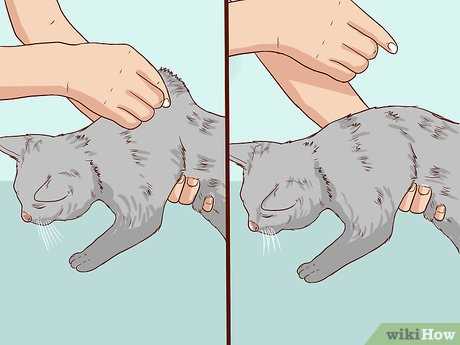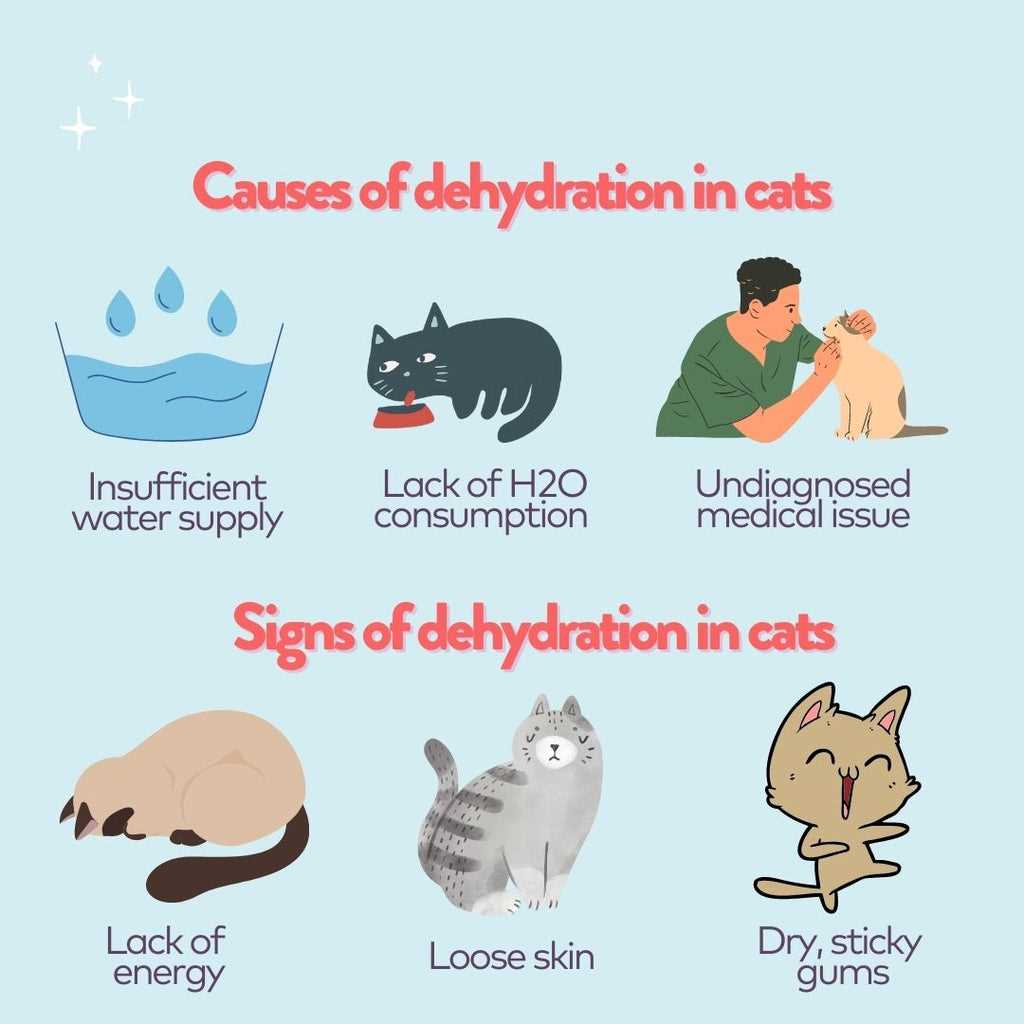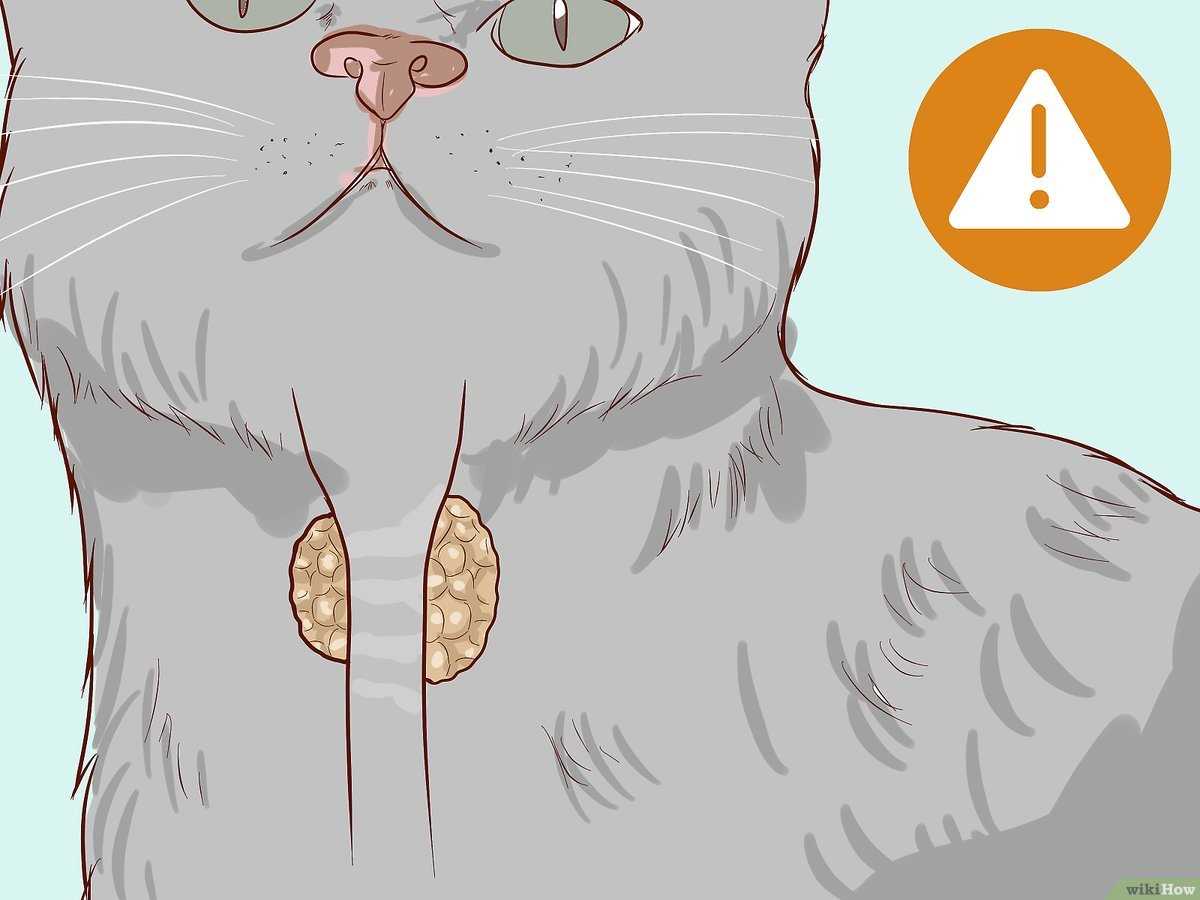Ensure hydration by offering fresh, clean water at all times. Consider using a pet fountain; many of us furry companions prefer running water. It’s more appealing and can encourage drinking.
Incorporate wet food into meals. This can significantly increase water intake, especially for those of us who might not drink enough. Look for high-quality options with moisture content above 75%.
Observe for signs of low fluid levels, such as dry gums, lethargy, or skin that doesn’t bounce back when gently pinched. If you notice these symptoms, consulting a veterinarian is crucial for further guidance.
Introducing electrolyte solutions designed for pets can also help. These can restore balance and improve well-being. Follow the product instructions and ensure it’s safe for use.
How to Restore Hydration in Your Feline Friend
First, offer fresh water in a clean bowl. Cats often prefer running water, so consider a pet fountain to encourage drinking.
If your companion refuses water, try enticing him with flavored options, such as low-sodium chicken or beef broth. Make sure it’s free from onions and garlic.
Incorporate wet food into his meals. Many varieties contain high moisture content, helping to increase fluid intake while also providing nutrition.
Monitor signs like lethargy or dry mouth. If these occur, consult a veterinarian for further evaluation and possible intravenous fluids.
Consider a hydration solution specifically designed for pets. Administering electrolyte-enhanced fluids can aid in restoring balance, especially after illness or heat exposure.
Encourage playtime with interactive toys, as this may stimulate drinking behavior. Hydration often increases with physical activity.
Always keep a close eye on his litter box habits. Decreased urination can signal a need for immediate intervention.
Recognizing Signs of Dehydration in Cats
If my skin loses elasticity, that’s a red flag. Gently pulling the skin at the back of my neck should cause it to return quickly to its original position. If it stays up, I might be in trouble.
Changes in Behavior
Watch for lethargy. If I’m less playful or spend more time napping, it could signal an issue. Reduced appetite is another sign; if I ignore my favorite treats, something’s off.
Mouth and Eyes

My mouth should be moist. A dry mouth or sticky gums indicates trouble. My eyes can also reveal a lot; sunken eyes are concerning. If my eyes look dull or less bright than usual, it’s time to pay attention.
Pay close attention to these signs. Prompt action can make a big difference in how I feel!
Assessing the Severity of Dehydration
To determine how serious a fluid deficit is, I recommend checking a few key indicators. One of the simplest ways is to perform a skin turgor test. Gently pinch the skin on the back of my neck and release it. If the skin snaps back quickly, hydration levels are likely okay. If it stays tented, that’s a sign of more significant fluid loss.
Other Signs to Observe
Look closely at my gums. Healthy gums should be moist and pink. If they appear dry, pale, or sticky, it indicates potential dehydration. Additionally, pay attention to my drinking habits; if I’m not consuming water regularly, it’s a red flag. Monitor my energy levels and overall demeanor; lethargy or a lack of interest in activities can signal trouble.
Severity Levels
Fluid loss can be classified into mild, moderate, and severe. Mild dehydration often shows subtle signs, like slight skin tenting or minor lethargy. Moderate dehydration may present with more pronounced symptoms such as dry gums and decreased activity. Severe cases are critical, with pronounced lethargy, sunken eyes, and significant gum dryness. If you suspect a severe situation, it’s time to seek professional help.
For those managing hydration through diet, consider options that support kidney health, like the best dry cat food for cats with kidney problems. Proper nutrition can aid in maintaining fluid balance.
Providing Oral Rehydration Solutions
Mix one part low-sodium chicken broth with one part water. This combination stimulates interest and provides necessary fluids. Use a syringe or dropper to administer small amounts directly into the mouth, allowing the feline to swallow comfortably.
Commercial Options
- Look for pet-safe oral rehydration solutions available at pet stores.
- Always read the label to ensure ingredients are safe.
- Follow the dosage instructions carefully based on weight.
Homemade Alternatives
- Combine 1 teaspoon of sugar and 1/8 teaspoon of salt in 1 cup of water for a simple homemade solution.
- Offer plain water alongside broths to encourage drinking.
- Consider adding a pinch of unflavored gelatin to the broth for additional hydration.
Monitor the response closely. If the furry friend shows signs of improvement, continue the regime. If not, seek veterinary assistance. Staying hydrated is key to recovery. For further pet care tips, check out this link on how to lower the alkalinity in a fish tank.
When to Use Subcutaneous Fluids
Subcutaneous fluids are recommended for situations where oral hydration is insufficient or impossible. If my human notices symptoms like severe lethargy, persistent vomiting, or diarrhea, it’s time for this intervention. Dehydration levels that exceed a certain threshold often require more than just drinking water.
Timing and Conditions
Using subcutaneous fluids becomes necessary during acute illnesses or after surgery. If I refuse to drink water or show signs of distress, my human should consider this method. It’s also beneficial for chronic conditions, such as kidney disease, where consistent hydration plays a key role in managing my health.
Consultation with a Vet

Always consult a veterinarian before administering fluids. They can provide guidance on the appropriate amount and frequency. Monitoring my response is crucial, as too much fluid can lead to complications. If my condition doesn’t improve or worsens, immediate veterinary attention is essential.
Adjusting Your Cat’s Diet for Hydration
Incorporating wet food into meals can significantly enhance fluid intake. The moisture content in canned food, typically around 70-80%, offers a direct hydration boost. Transitioning to a high-quality wet food can be beneficial.
- Look for options with real meat as the first ingredient.
- Avoid products loaded with fillers and artificial additives.
- Consider rotating different flavors to keep meals exciting and appetizing.
Adding water or broth to dry food is another strategy. This can increase moisture levels while retaining the crunchiness that some enjoy. Make sure to use low-sodium or homemade broth to avoid harmful additives.
- Measure out the dry food portion.
- Add a small amount of water or broth.
- Mix thoroughly before serving.
Providing fresh water is essential. Ensure a clean bowl, and consider using a water fountain to encourage drinking. Cats are often attracted to running water, which can stimulate their desire to hydrate.
- Change water daily to maintain freshness.
- Experiment with different bowl types; some may prefer ceramic or stainless steel over plastic.
Including hydrating snacks can also help. Treats like watermelon or cucumber, cut into small pieces, can add moisture. Ensure these are safe and appropriate for feline consumption.
Monitoring food intake and hydration levels is critical. Keep an eye on how much is consumed and adjust accordingly to maintain optimal health.
Preventing Future Dehydration Issues

Ensure fresh water is always available. I prefer a clean bowl that’s refilled daily. Consider a water fountain; the sound of flowing water attracts me and encourages drinking.
Monitor my food intake. Wet food can significantly boost hydration levels. I enjoy meals with higher moisture content, so mix some wet food with dry kibble to keep things interesting.
Establish a routine. Regular feeding times can help me develop a habit of drinking more consistently. My human should stick to a schedule that suits me.
Keep an eye on the environment. Hot weather or dry indoor air can increase my need for fluids. Providing a cool, shaded area or a humidifier can help maintain comfort.
Encourage playtime. Engaging activities promote my overall health, which can influence my drinking habits. A playful cat is more likely to drink regularly.
| Tip | Description |
|---|---|
| Fresh Water | Always refill my bowl daily; consider a fountain. |
| Moisture-Rich Diet | Incorporate wet food into my meals for added hydration. |
| Routine | Stick to regular feeding times to encourage drinking habits. |
| Comfortable Environment | Maintain a cool area, especially during hot weather. |
| Active Play | Engage in activities that promote overall health and hydration. |
Regular check-ups at the vet ensure my health is monitored, addressing any concerns before they escalate. These simple steps can make a big difference in my hydration levels.






